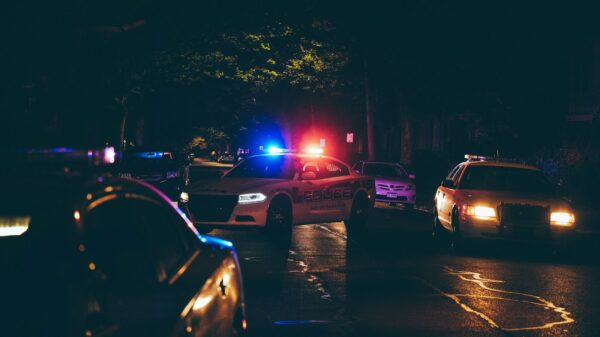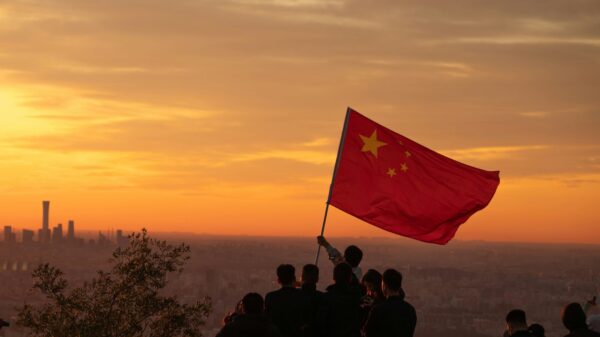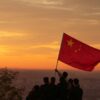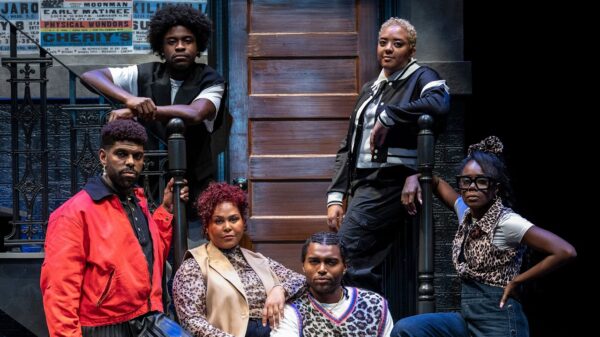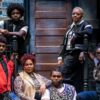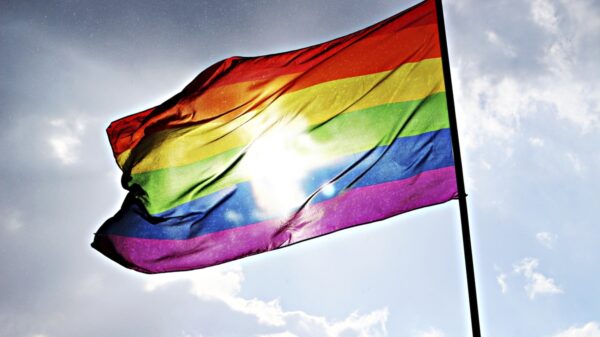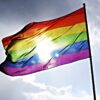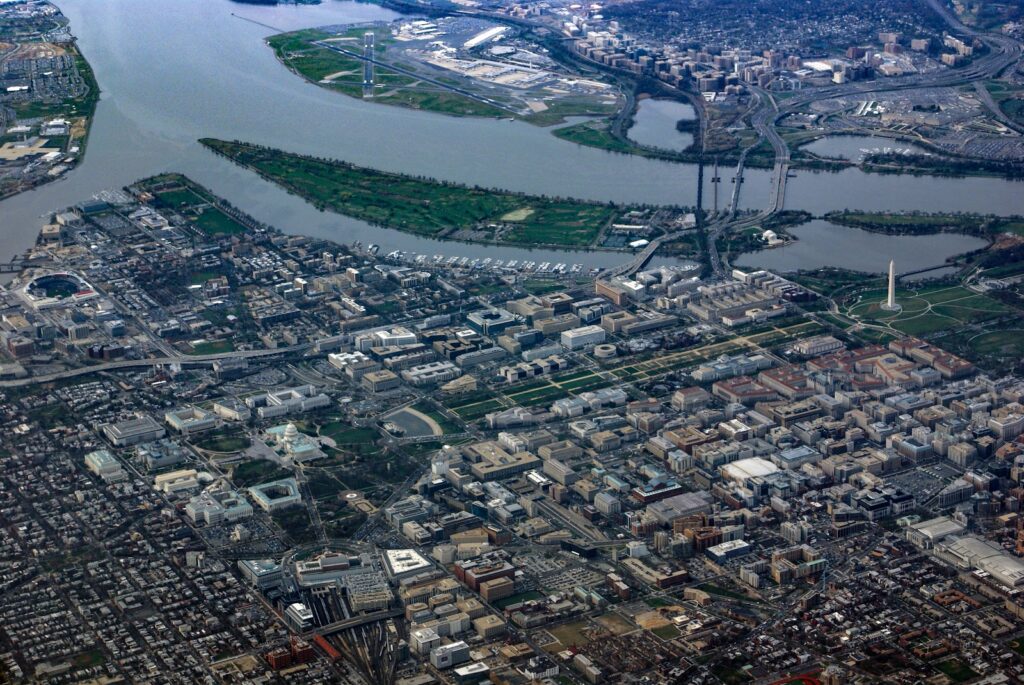
Public policy disproportionately affects Washington D.C.’s minority citizens. While many consider D.C. to be the epicenter of national leadership and political discussion, the livelihoods of many Black D.C. residents reveal a peculiar duality to our nation’s capital.
Despite Black people’s historical significance and importance to D.C., approximately 86,300 Black people are impoverished in the city and many experience limited access to affordable housing, educational and employment opportunities and resources due to public policies.
Public schools in Wards 7 and 8 continue to experience both underfunding and enrollment challenges. In 2020, 17 of the 20 public schools that experienced budget cuts were located in Southeast D.C.
Although Mayor Muriel Bowser announced an increase to the universal per student funding formula for fiscal year 2022 and allocated $386 million in federal relief funds for schools in April 2021, the D.C. public school system cut its staff by more than 50% for 2021-2022 school year because of budgetary changes and issues brought by the global pandemic, resulting in a petition by educators and local community leaders to reallocate funds.
D.C.’s allocation of resources perpetuates economic inequality as residents east of the Anacostia River receive insufficient public investment. The social stratification in D.C. is comparable to many major U.S. cities as residents are economically separated because income tends to determine where people live.
D.C. can be understood from a perspective of economic opportunity, although marginalized populations exist in the peripheries, which are located in underdeveloped sections of the city. The District’s driver of economic activity is the federal government, which attracts career aspirants much like Los Angeles’ entertainment and New York City’s financial industries.
Though the city is known for job growth and employment opportunities, substantial resources are available to wealthy neighborhoods that are primarily located in the west, while lower-income and underfunded neighborhoods are spread to the east.
While the city’s poverty rate of 15% is higher than the 13.4% national average, in 2019 the poverty rate for Black residents was 21.6 percent, four times higher than white D.C. residents.
Councilman Trayon White (D-Ward 8) is a native Washingtonian from Southeast D.C. and a national and local leader who has positive memories growing up in the city but understands D.C. ‘s complexities.
“I always say there are three Washington D.C.’s – there’s a part of the city that has significant amounts of money, resources and connectivity; there’s a part of the city people see when they visit for a temporary stay; and there’s a part of the city that’s plagued with inequality, violence, poor school systems, potholes and despair,” Councilman White said.
“We function in a way where essentially 14 people control a budget over $18.3 billion. Considering that, I feel like we did more when we had less because the predominantly Black and brown indigenous residents of the District have not benefited from the economic boom within the city,” he said.
Black residents also experience more aggressive and frequent policing from the D.C. Metropolitan Police Department (MPD). In 2019, reports showed inequality and gentrification can also increase policing as Black residents of the District are disproportionately displaced by urban development.
A 2019 D.C. MPD report showed Black residents were 70% of all stops by officers, and white people were 15%. In 2020, a D.C. Council report showed Black people accounted for 88% of stops, 91% of arrests and 100% of use-of-force incidents within the District.
“What I remember most about growing up in D.C. is being a kid and having fun. Playing at local Boys and Girls Clubs, going to the zoo and carnivals, and just being part of the community. As a kid, you could go in anyone’s house or anywhere in the neighborhood. Even though there was violence, it never really affected us directly,” Councilman White said.
Kymone Freeman is also a native Washingtonian and cofounder of We Act Radio, a media production company based in Southeast D.C. that seeks to amplify marginalized voices.
“There are no poor white neighborhoods in Washington D.C. There are working class white families, but the average white household income is 81 times greater than Black households here, creating one of the greatest disparities of wealth,” Freeman said.
“Our literacy rate is twice the national average and there is a direct correlation between violence, crime and illiteracy. In our nation’s political capital it seems community members have to make the changes because the wealthy know our circumstances are deteriorating,” he said.
In 2018, the top 20 percent of households in D.C. had an average income of $341,000 which was 32 times higher than the average income for the bottom 20 percent of households. The wealth disparity between Black and white households in the city also remains widespread as the median income for white families is 81 times higher than the median income of Black families.
Additionally, in 2020 a Gallup study found that according to the U.S. Department of Education, 54 percent of U.S. adults aged 16 to 74, lacked proficiency in reading, and in D.C, 47 percent of adult residents were non proficient.
“Our version of red lining was the Anacostia River, which operates as our railroad and splits the city,” Freeman said. “Although east of the river we have a high proliferation of liquor stores, 30 percent of the city’s children, and nearly 100 percent of impoverished children are Black and brown, our part of the city also lacks bookstores, public services and is a food desert.”
Historically redlining, the discriminatory practice of banks, insurers or lenders denying loans or services to specific areas of a community due to racial factors, has prevented generations of Black families from homeownership or home improvements.
“I always point out that enslaved Black people built the U.S. Capitol in D.C., which exemplifies taxation without representation. We pay taxes, but our schools, neighborhoods and living conditions are deemed inferior,” he said.
“Washington D.C. will never be the same. Residents of color used to be spread throughout the city, and Black people lived in Georgetown. People from all over the city are moving east of the Anacostia River because this is simply the last place they can afford to live.” White said, “As a leader, my job is to utilize my toolbox to get a set of votes to fight for equity. At the root of it we must help people own businesses and homes.”
Despite the historical underdevelopment that many Black Washingtonians have experienced, much of D.C., including the city’s national monuments, landmarks and the White House, was built by Black people.
“In 1986, I created an activity that is now known as the Egypt on the Potomac field trip, where I outlined specific architectural structures in Washington D.C., that have a direct historical, cultural, symbolic and spiritual correlation to ancient Egypt,” Howard alumnus Anthony Browder said. “The Washington monument is a 6000-year-old African symbol. There’s African symbols of the ankh in Meridian Hill Park. The energy that went into the creation of the city exists within Black folk native to D.C.” he said.
Browder believes D.C.’s Black population endures marginalization within the capital of the wealthiest and most powerful nation in human history, he said. However, he is concerned that D.C.’s public school system may be failing the city’s youth.
“The mindset of many of our people is ‘to be smart is to be white,’ not acknowledging that Africans were the first people to read, write and think,” Browder said. “Our youth may not know about pivotal ancestors such as Rev. Anthony Bowen who was born enslaved in Prince George’s County, yet purchased his freedom at the age of 19 in Washington D.C. The former YMCA on 12th Street in NW was the first Black YMCA in the world and named in his honor.”
Madison Harris is a junior TV and Film major from Lanham, Maryland. Harris’ parents and grandparents are from D.C., and she has concerns about the city’s changes that exacerbate conditions for long-term residents.
“D.C. is very intimate and the story of the people from here is inspiring. We have to redirect what the city’s culture looks like because the changes in the city are an idea of what the future is going to look like, even though I wish we could ensure that we’re keeping Black residents and culture that existed before everybody got here,” Harris said.
Founded in 1790 when Virginia and Maryland ceded land to the area, D.C. is the capital of the United States, but the territory is not considered a state, creating a complex political and economic situation for the city’s residents. French architect and engineer, Pierre L’Enfant, was hired by George Washington to design the city and was later replaced by astronomer and mathematician, Benjamin Banneker, who completed the city’s design.
In 1800, Blacks comprised 25 percent of the city’s population and most were enslaved. By 1830, D.C.’s Black population consisted of free and formerly enslaved individuals who increasingly resisted slavery by organizing churches, private schools, aid groups and businesses and leaving the city while demanding the abolition of slavery. In April of 1862, nine months prior to the Emancipation Proclamation of January 1863, Congress passed the District of Columbia Emancipation Act, making Black Washingtonians the first freed in the nation.
Dr. Lopez Matthews is a Howard alumnus from Baltimore who received his masters and PhD in history. He serves as digital production librarian and manager of the Howard Libraries’ digital production center. Matthews believes D.C. is exceptional because of its Black communities’ history and culture.
“D.C.’s Black community has always been active in pursuit of human rights. Frederick Douglass and others were here after the Civil War, as well as many leaders of the Harlem Renaissance,” Matthews said. “The following generation pushed for civil rights legislation and modern Black Washingtonians continue to advocate for human rights.”
Copy edited by Lauryn Wilson


